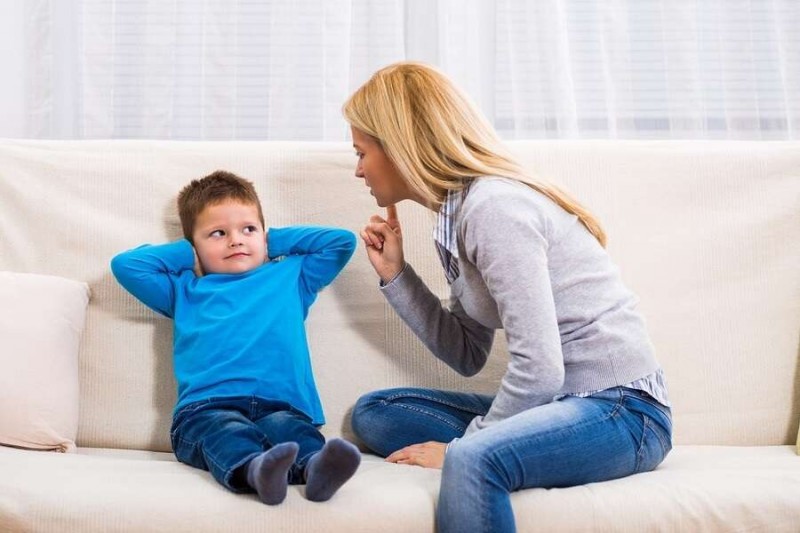
Time out is a disciplinary technique used by parents and educators to correct a child's behavior. It involves temporarily isolating the child from an environment where inappropriate behavior occurred, aiming to give them time to calm down and reflect.
The idea is to remove the child from a situation where they are misbehaving, providing them with a chance to cool off and think about their actions. This method encourages self-regulation and reflection rather than immediate punishment.
Time out helps in reducing negative behaviors by teaching children the consequences of their actions. It promotes emotional regulation and can lead to long-term positive behavior changes.
Scolding can often lead to fear, anxiety, and resentment in children. It may stop the unwanted behavior temporarily, but it doesn't teach children why their behavior was wrong or how to correct it.
Children who are frequently scolded may develop low self-esteem, increased aggression, and poor emotional regulation. Scolding can damage the parent-child relationship, leading to a lack of trust and communication.
While scolding might seem effective in the short term, it fails to address the underlying issues causing the behavior. It doesn't provide children with tools to handle similar situations in the future.
Designate a specific area in your home as the time out spot. It should be a quiet, safe place free from distractions where the child can sit and calm down.
Explain to your child the behaviors that will result in a time out and ensure they understand the rules. Consistency is key in making time out effective.
The length of time out should be appropriate for the child's age, typically one minute per year of age. For example, a four-year-old would have a four-minute time out.
When enforcing a time out, remain calm and consistent. Yelling or showing anger can undermine the purpose of the time out and escalate the situation.
If your child leaves the time out spot before time is up, calmly return them to the spot and reset the timer. Consistency reinforces the effectiveness of time out.
Once the time out is over, discuss the behavior with your child. Help them understand why they were given a time out and discuss better ways to handle similar situations in the future.
Instead of focusing on negative behavior, highlight and reward positive actions. This can motivate children to behave well to receive praise and rewards.
Allowing children to experience the natural consequences of their actions can be a powerful learning tool. This method helps them understand the impact of their behavior without the need for punishment.
When you notice your child starting to misbehave, try redirecting their attention to a more appropriate activity. This can prevent negative behavior before it escalates.
Use time out consistently at home for various situations, from sibling disputes to temper tantrums. It helps create a structured environment where children understand the consequences of their actions.
Educators can use time out in the classroom to manage disruptive behavior without resorting to punitive measures. This approach fosters a positive learning environment and teaches self-discipline.
Time out can also be used in public settings, though it might require some adaptation. Find a quiet spot and use a timer to ensure the child understands the process.
Some parents worry that time out is a form of isolation. However, it's meant to be a brief period where the child can calm down and reflect, not prolonged isolation.
Time out should not be seen as a punishment but as a tool to help children learn self-regulation. It's important to frame it positively when explaining it to your child.
Concerns about time out affecting emotional development are common, but when used correctly, it can actually support emotional growth by teaching children how to manage their feelings.
It may take time for your child to fully understand and respond to time out. Be patient and consistent in your approach.
Children learn a lot by observing their parents. Model calm and respectful behavior, especially when handling conflicts or stressful situations.
Clear communication is crucial. Make sure your child knows exactly why they are being given a time out and what behavior is expected in the future.
Every child is different, so be prepared to adjust your approach to time out based on what works best for your child. Flexibility can help make time out more effective.
Some children may resist time out initially. Stay calm and firm, and consistently apply the rules to help them understand the process.
Inconsistency can undermine the effectiveness of time out. Ensure that all caregivers are on the same page and apply time out in a consistent manner.
It can be challenging to balance discipline with compassion. Remember that the goal of time out is to teach, not to punish, and approach each situation with empathy.
Many parents have found success with time out, reporting improved behavior and better communication with their children. These success stories highlight the importance of consistency and patience.
Teachers and educators also see the benefits of time out in the classroom, noting that it helps maintain a positive learning environment and teaches students valuable self-regulation skills.
Over time, children who experience time out as part of a consistent disciplinary approach develop better emotional regulation and decision-making skills. Time out is a powerful tool for managing children's behavior without resorting to scolding or punishment. By providing a calm and structured approach to discipline, time out helps children learn self-regulation and positive behavior. Consistency, clear communication, and patience are key to making time out effective. Embrace this technique as a way to foster a positive and supportive environment for your child's growth and development.
IndiGo Introduces 6Eskai: Book Flights with WhatsApp Ease
Defence Ministry Signs Landmark Contract with SpacePixxel for Miniature Satellite Development
Tough competition in hybrid cars, who is better between Maruti Suzuki Brezza and Grand Vitara?